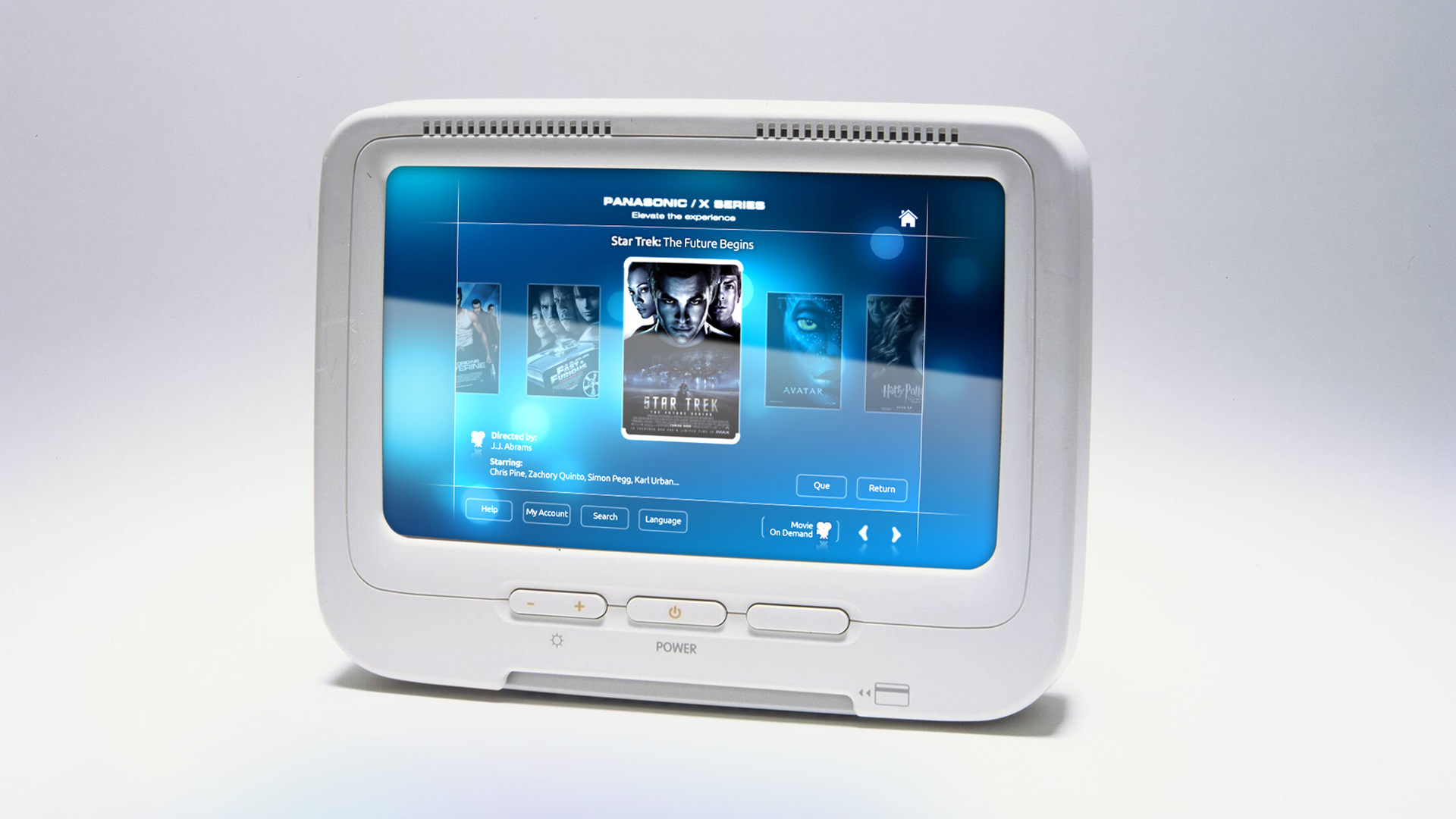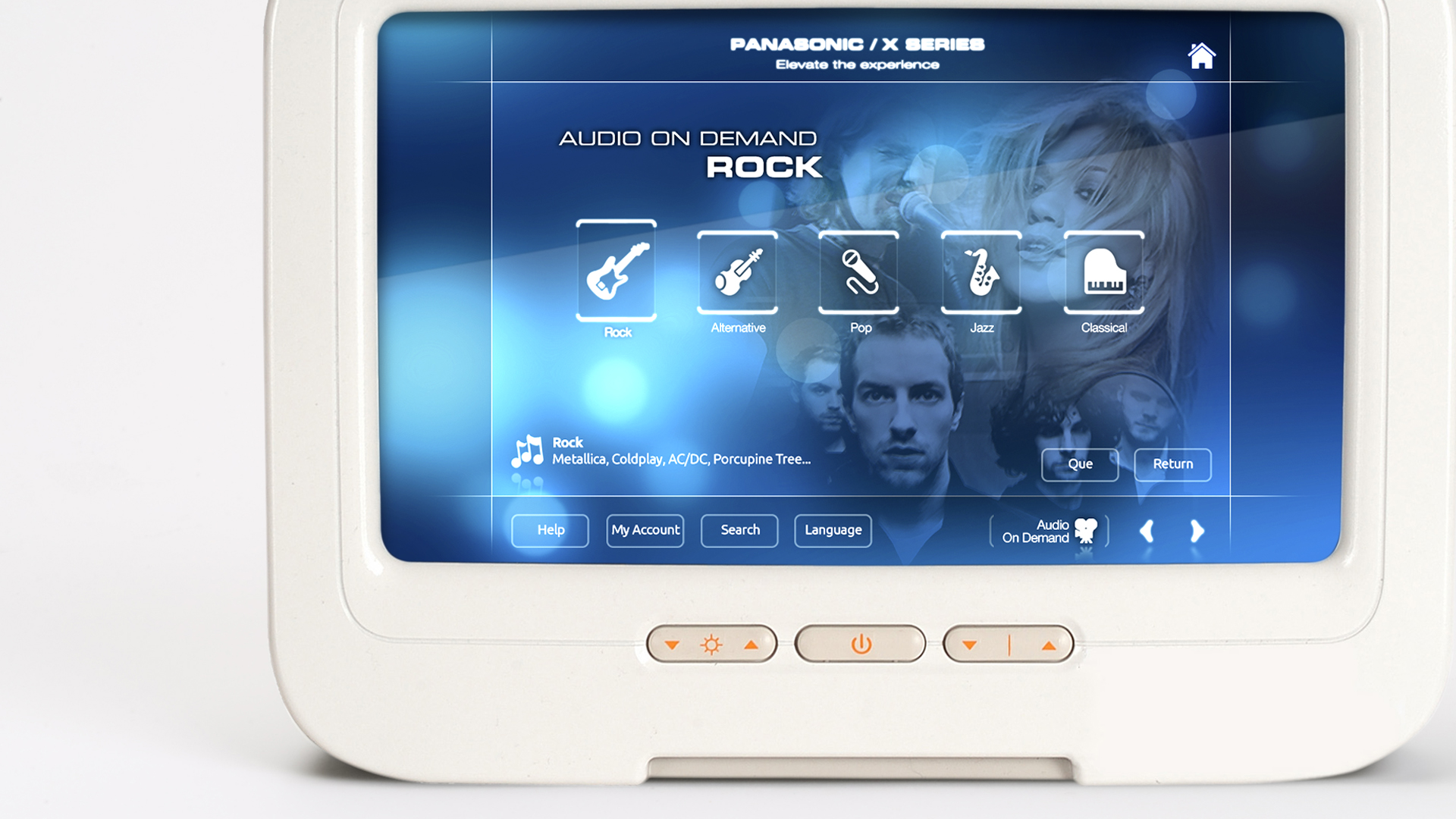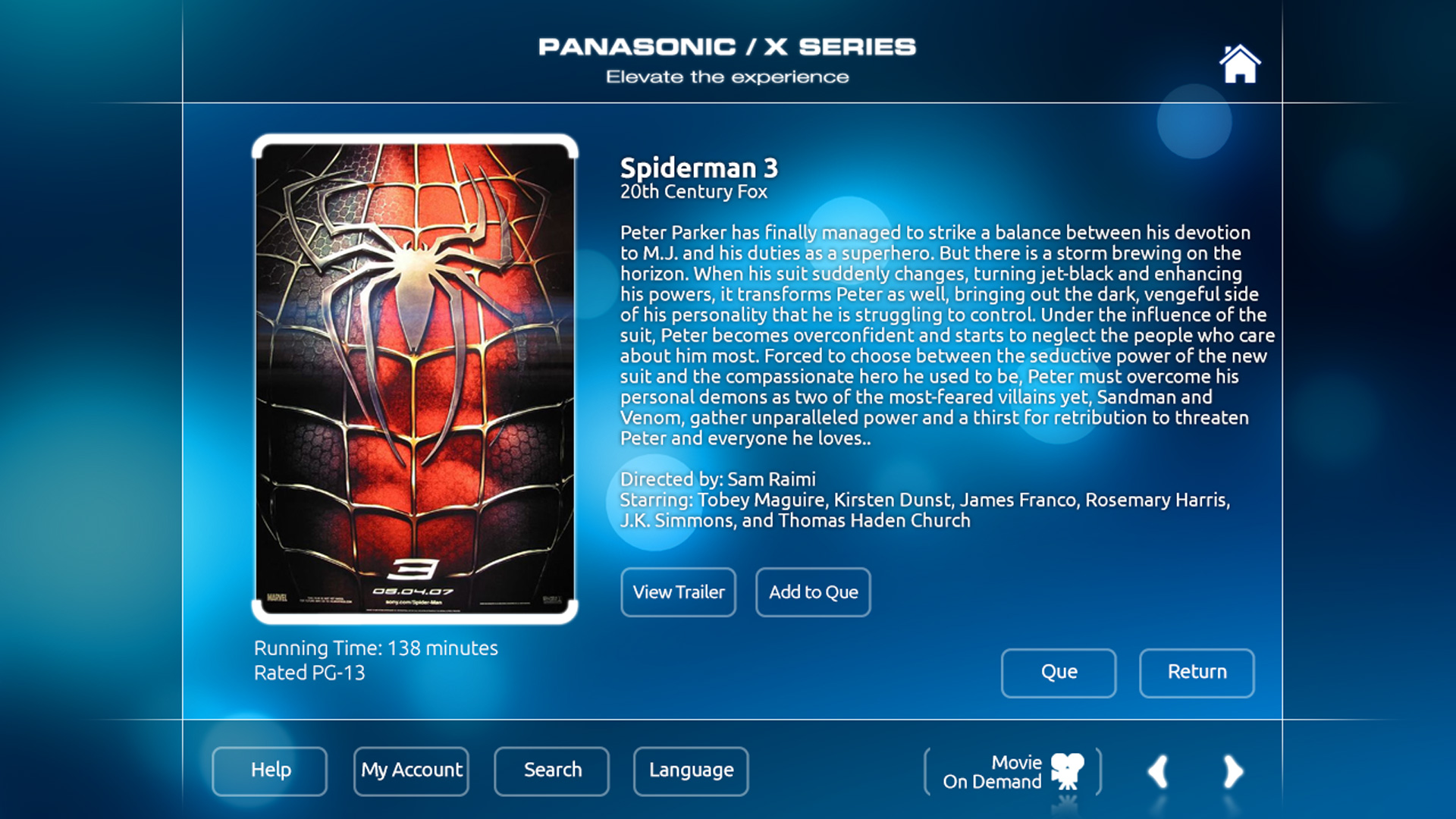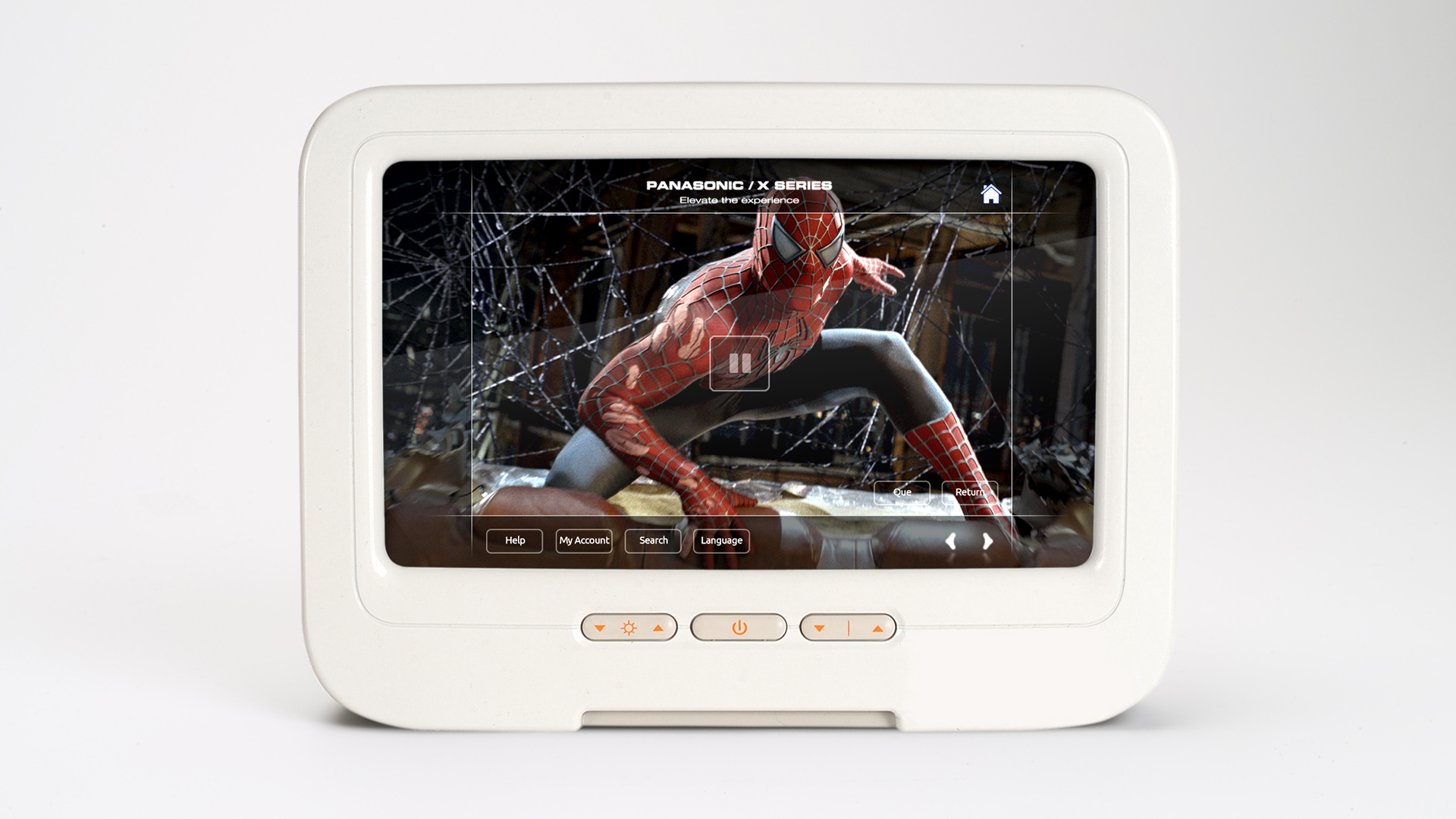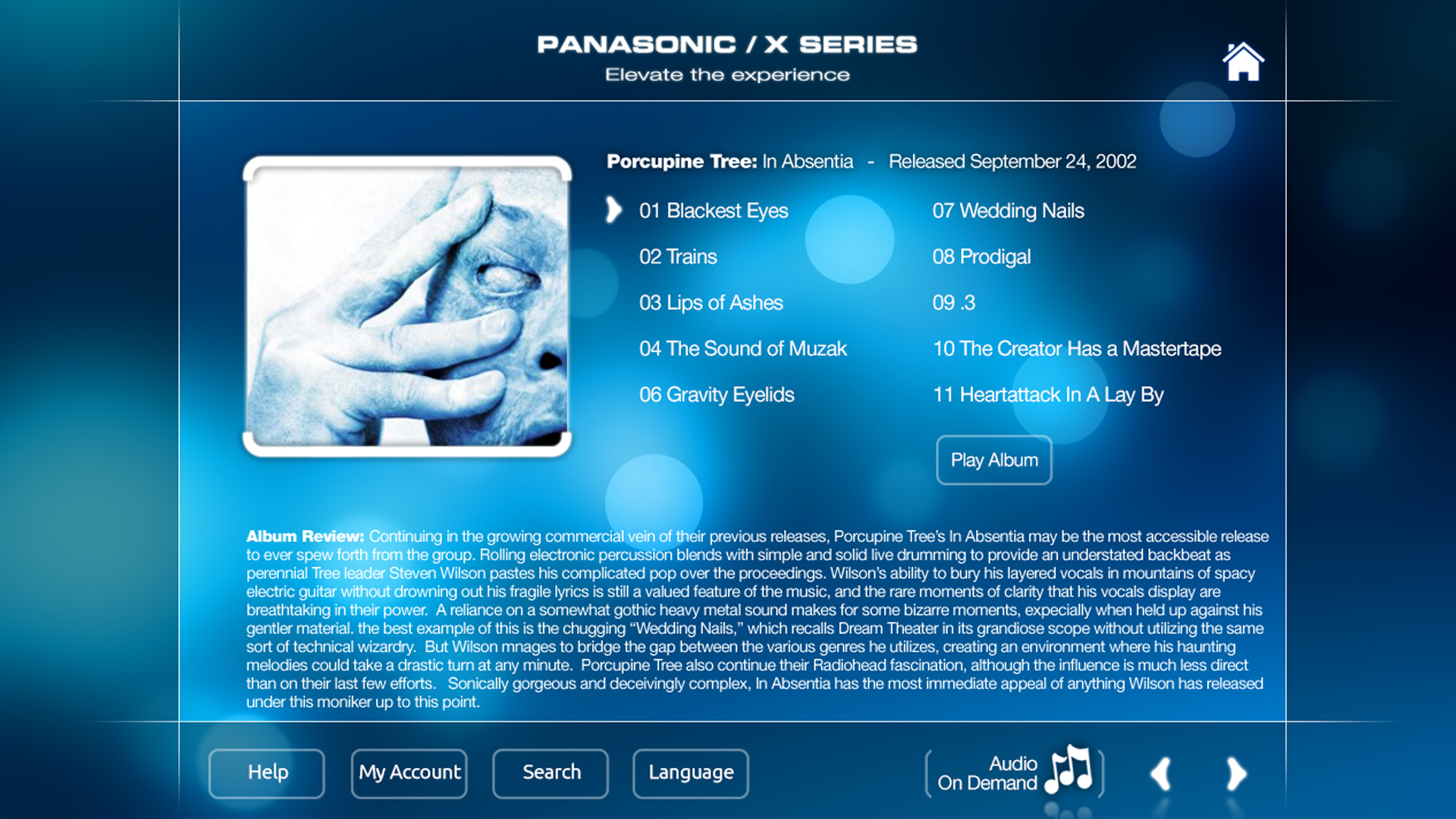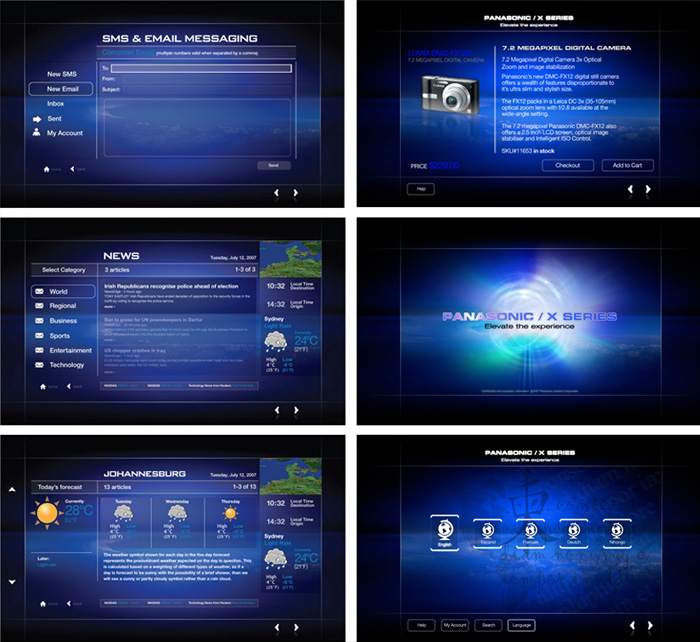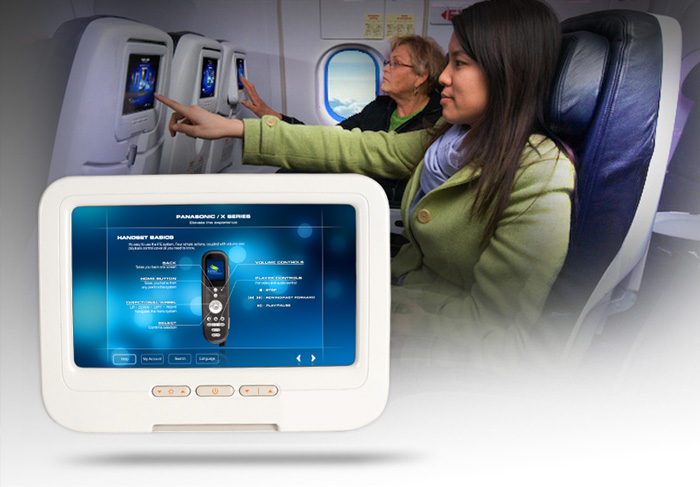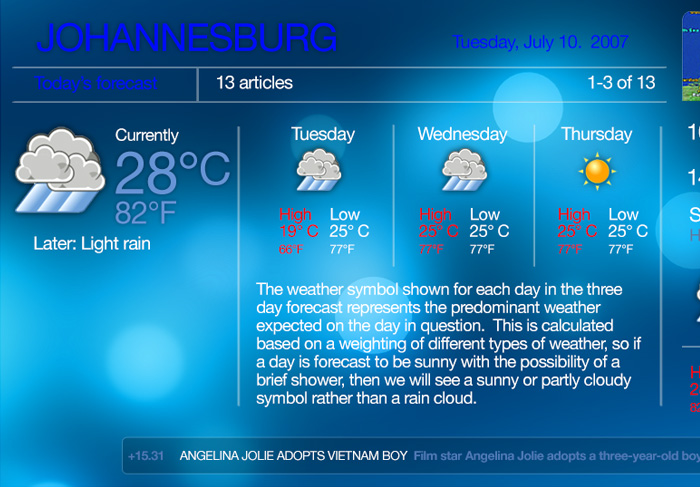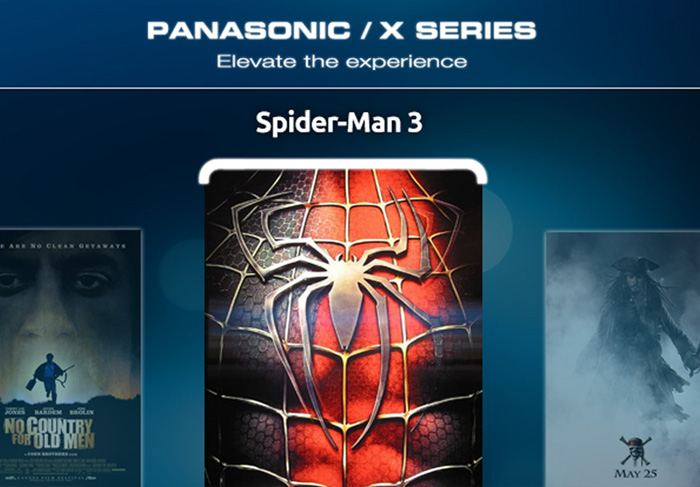2007 Passenger GUI
This groundbreaking design represented a state-of-the-art in-flight entertainment interface, which I showcased at the Aircraft Interiors Expo held at Hamburg Messe, Germany, in April 2007. This innovative interface introduced a range of cutting-edge features, including elegant touch screens with capacitive sliding menus and integrated Help screens that could be accessed at any point during the flight. It was meticulously configured to accommodate various monitor sizes, including 9", 15.4", 17", and 23" configurations, significantly enhancing the quality of in-flight entertainment and elevating the overall passenger experience on board the aircraft.
